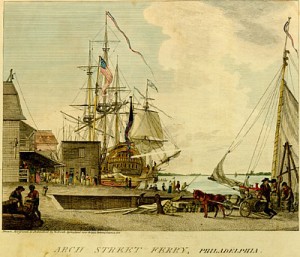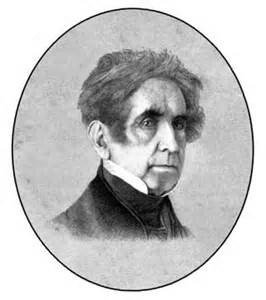In the United States of the 1790s, a leading actress spent many hours of the day in preparation for performance. In the 1790s, plays rarely were repeated in the same week or possibly even in the same season. Thus, an actress needed to have a large number of roles committed to memory. During the first six months of her engagement with the New York Company, Charlotte Melmoth performed over nineteen different roles, including leads in Macbeth, Julius Caesar, Richard III, Tamerlane, The Carmelite, Jane Shore, Venice Preserved, Percy, Cato, The Gamester, Isabella, and The Fair Penitent. Similarly, Mary Ann Wrighten Pownall also performed more than nineteen roles in her first year with the New York’s company. Although they would have been familiar with many of these roles, they still needed to be re-learn parts on short notice. Too, they often had to learn new roles as they were performing familiar ones.
The life was arduous, a fact that William Wood, actor and manager of the Chestnut Street Theatre, reinforces in his memoir Personal Recollections of the Stage. Wood outlined the requirements of a performer’s day, noting that an actress usually rehearsed the evening’s production between ten a.m. and one or two p.m. She then would deal with costumes and other arrangements and be at theatre by seven p.m. for performances, which often lasted until very late in the evening. In the midst of preparations for the immediate performance, however, she also had to learn new roles. As Wood observes,
The hours, therefore, devoted to study are limited to a short term after rehearsal, and what can be snatched after midnight, or after rising early in the morning.
Moreover, Wood notes that in additional to these time intensive professional activities, some actresses had children and also assumed “the cares of a family” (Wood 138).
Mary Ann Wrighten Pownall, Georgina Oldmixon, and Frances Hodgkinson all had several children,  and yet all three women continued to perform, often returning to the stage within weeks of giving birth.
and yet all three women continued to perform, often returning to the stage within weeks of giving birth.
In addition, all of the actresses had to travel as part of their theatrical company’s regular season (i.e. the Philadelphia company routinely performed in Baltimore and sometimes in Annapolis) or to secure additional income during summer months by performing in plays or concerts in other cities (for example, members of the New York company often performed in Boston or Newport). Travel was unpredictable and tedious–accomplished overland in stage coaches on rutted or muddy roads or by water–in chartered sloops. On some occasions, strained budgets did not allow for conveyances, and the actors walked.


